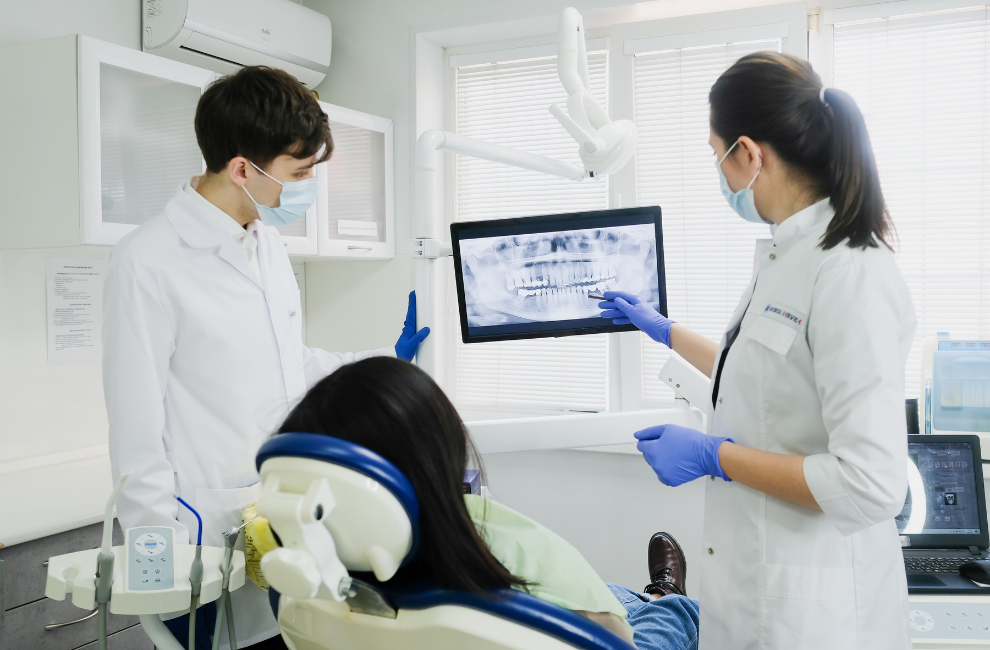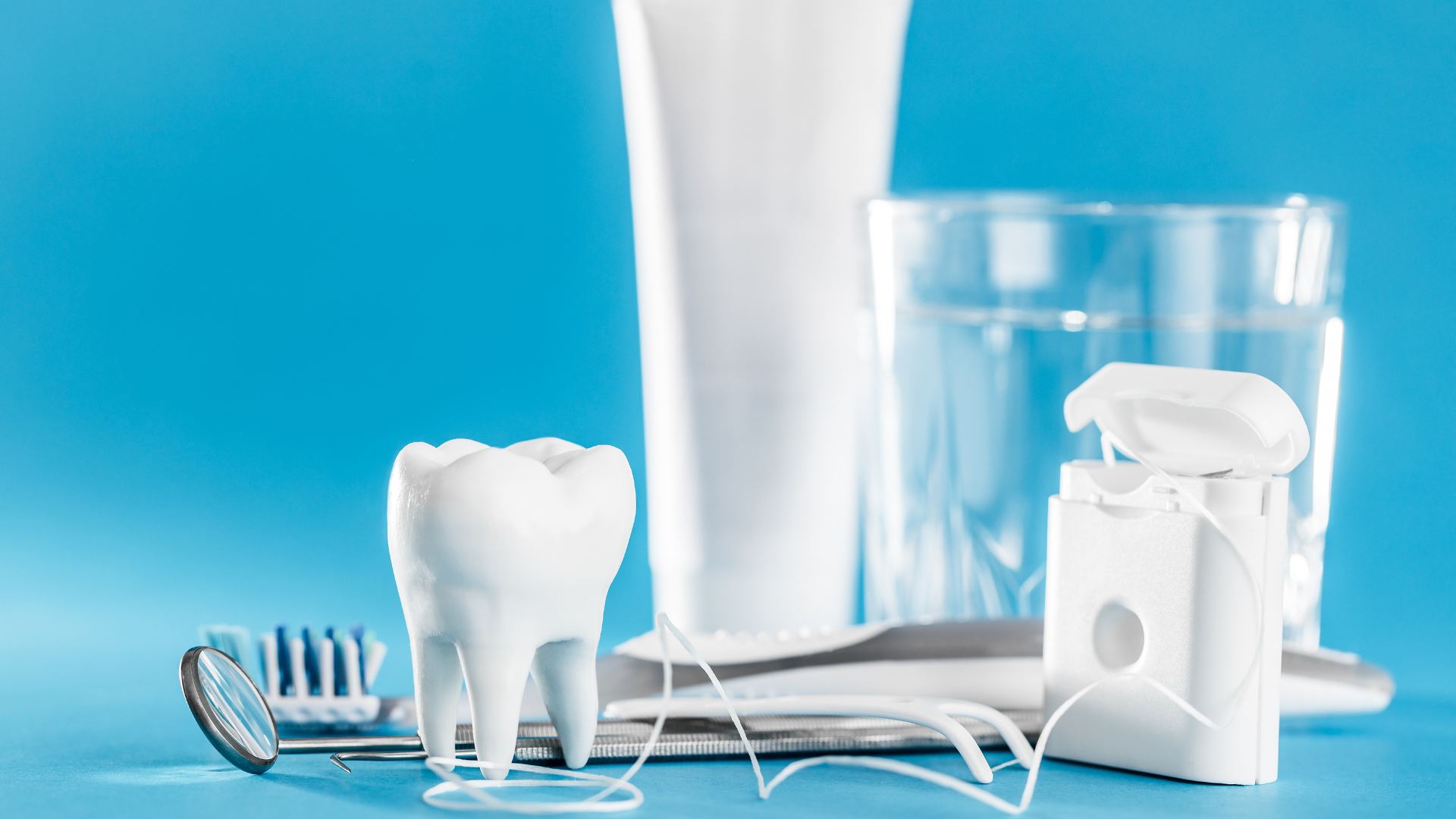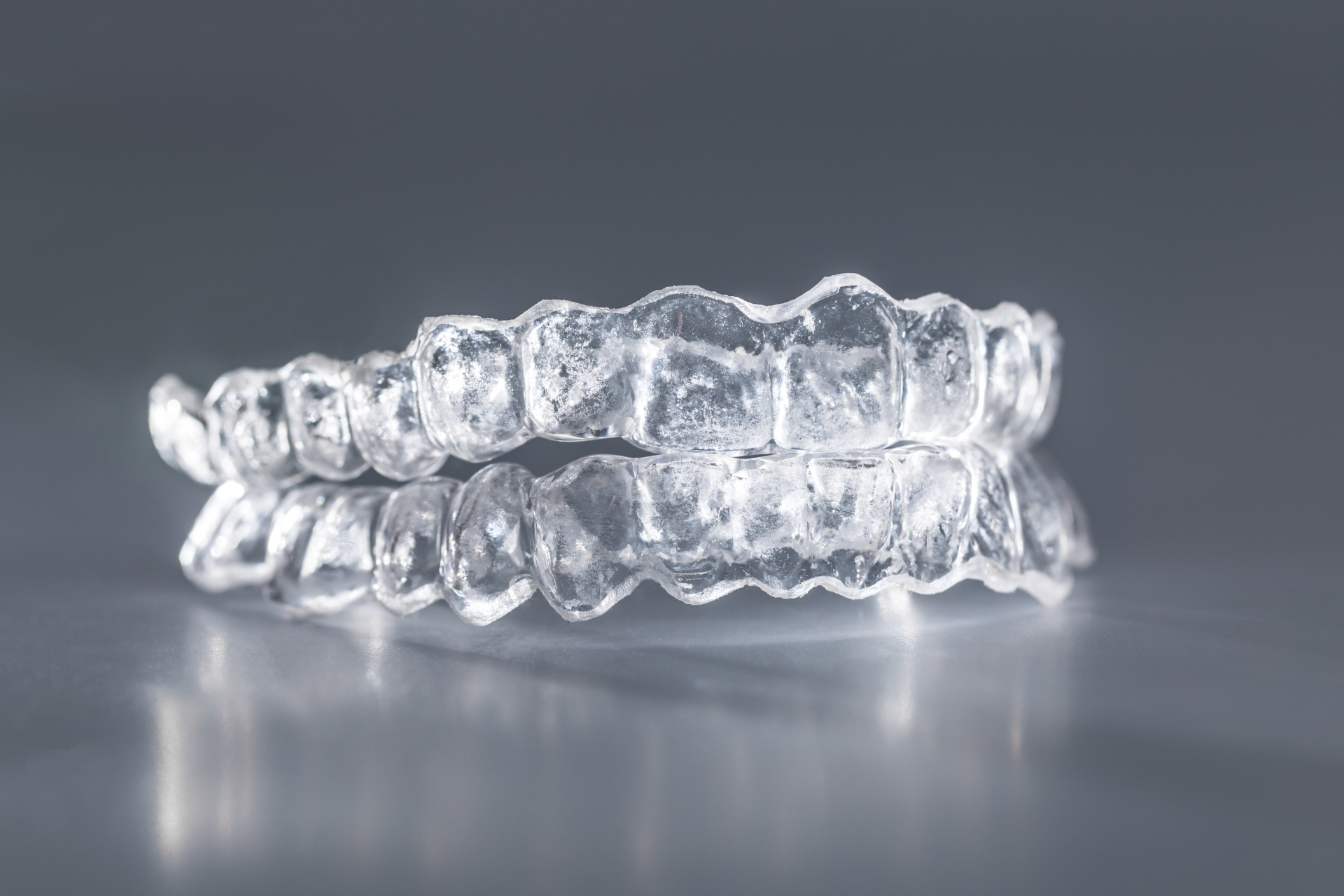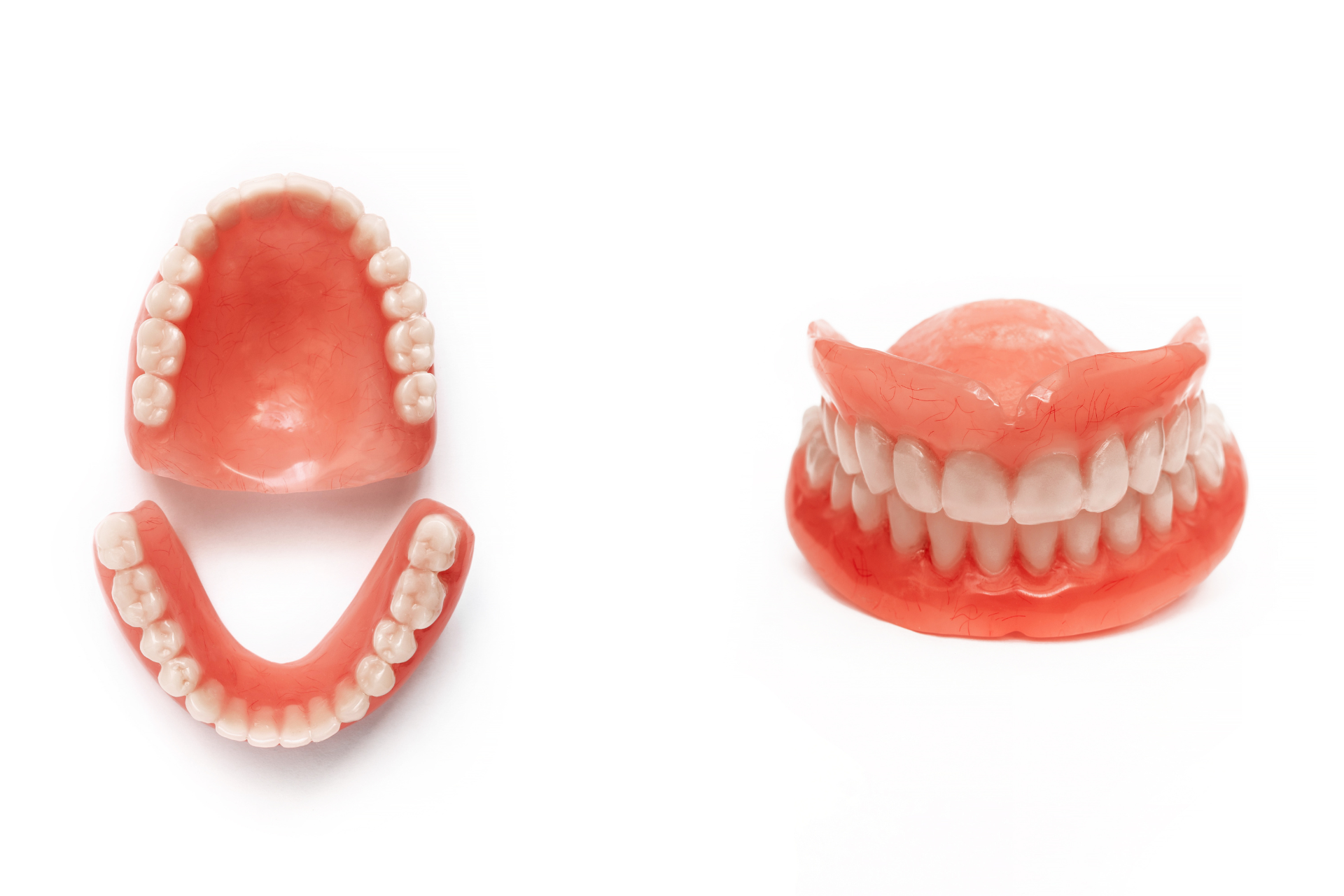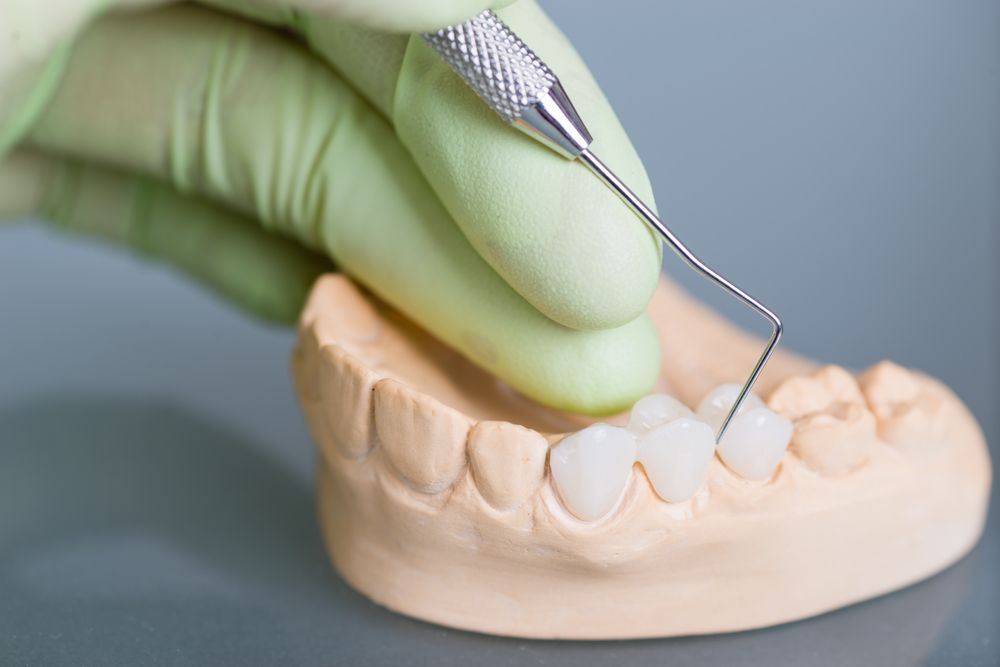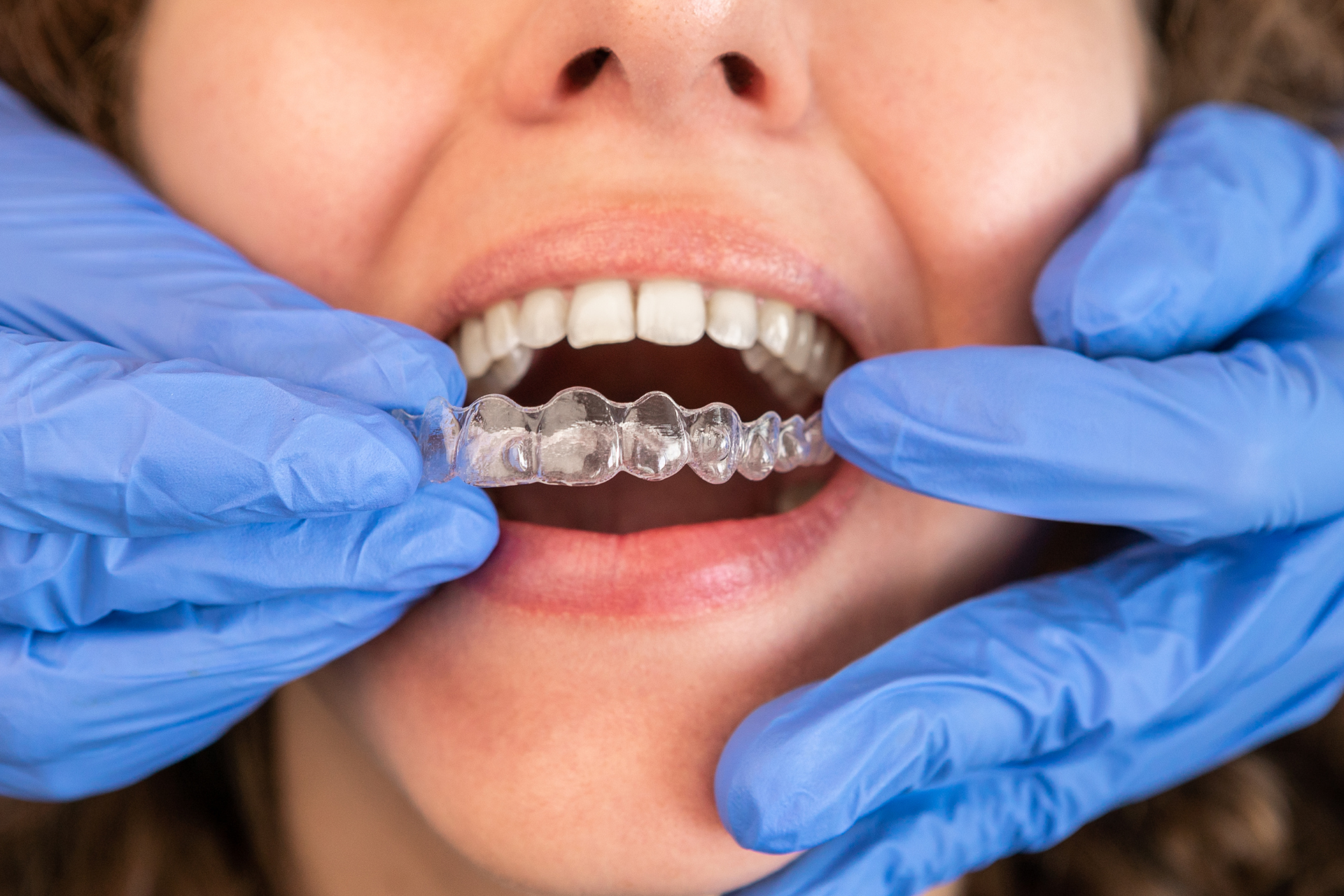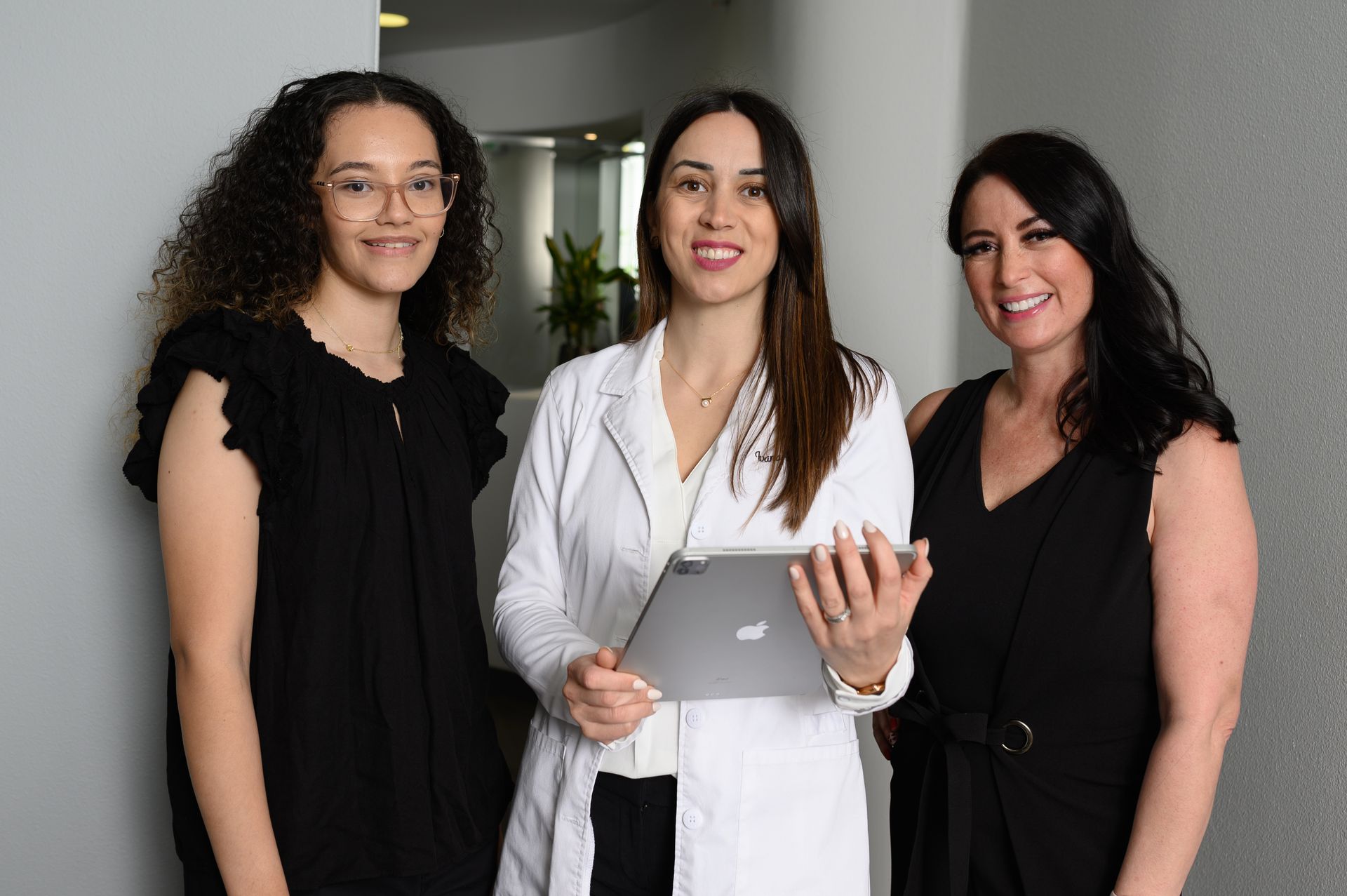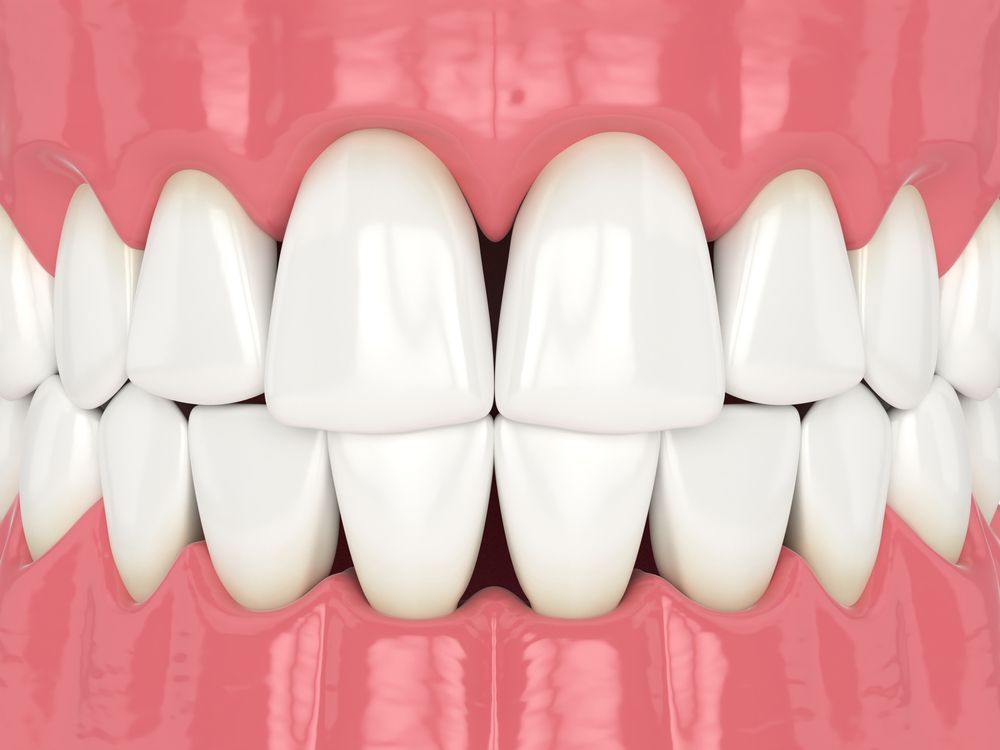Ultimate Guide to Dental Crowns in 2024: Expertise from Marina District Dentistry, San Diego
Dental crowns, a cornerstone of restorative dentistry, have long served as a solution for repairing and enhancing the function and appearance of damaged teeth. These custom-fitted caps are designed to completely cover a tooth that has been compromised by decay, damage, or as a final step in root canal therapy. Beyond their restorative capabilities, crowns offer a protective shield for vulnerable teeth, preventing further damage and restoring strength and functionality. Their importance in dental health cannot be overstated, as they help maintain oral hygiene, prevent tooth loss, and contribute to overall well-being by enabling patients to maintain a healthy diet and confidence in their smile.
In the heart of San Diego's vibrant Marina District, Marina District Dentistry stands out as a beacon of dental excellence and innovation. With a commitment to providing state-of-the-art dental care, this practice specializes in offering the latest advancements in dental crown technology, including CEREC crowns, which can be designed and placed in a single visit. The team at Marina District Dentistry, led by esteemed dental professionals, is dedicated to ensuring that each patient receives personalized care tailored to their specific needs. Their expertise in dental crown treatments is supported by a deep understanding of the various materials and techniques available, ensuring that each crown is not only functional but also aesthetically pleasing.
Choosing Marina District Dentistry for dental crown needs means entrusting your oral health to experts who prioritize patient comfort and satisfaction. With a focus on using cutting-edge technology and evidence-based treatment protocols, they strive to deliver exceptional results that enhance patients' quality of life. Whether you're in need of a crown due to decay, damage, or for cosmetic reasons, Marina District Dentistry in San Diego is equipped to provide top-tier dental solutions, emphasizing the importance of both the health and appearance of your smile.
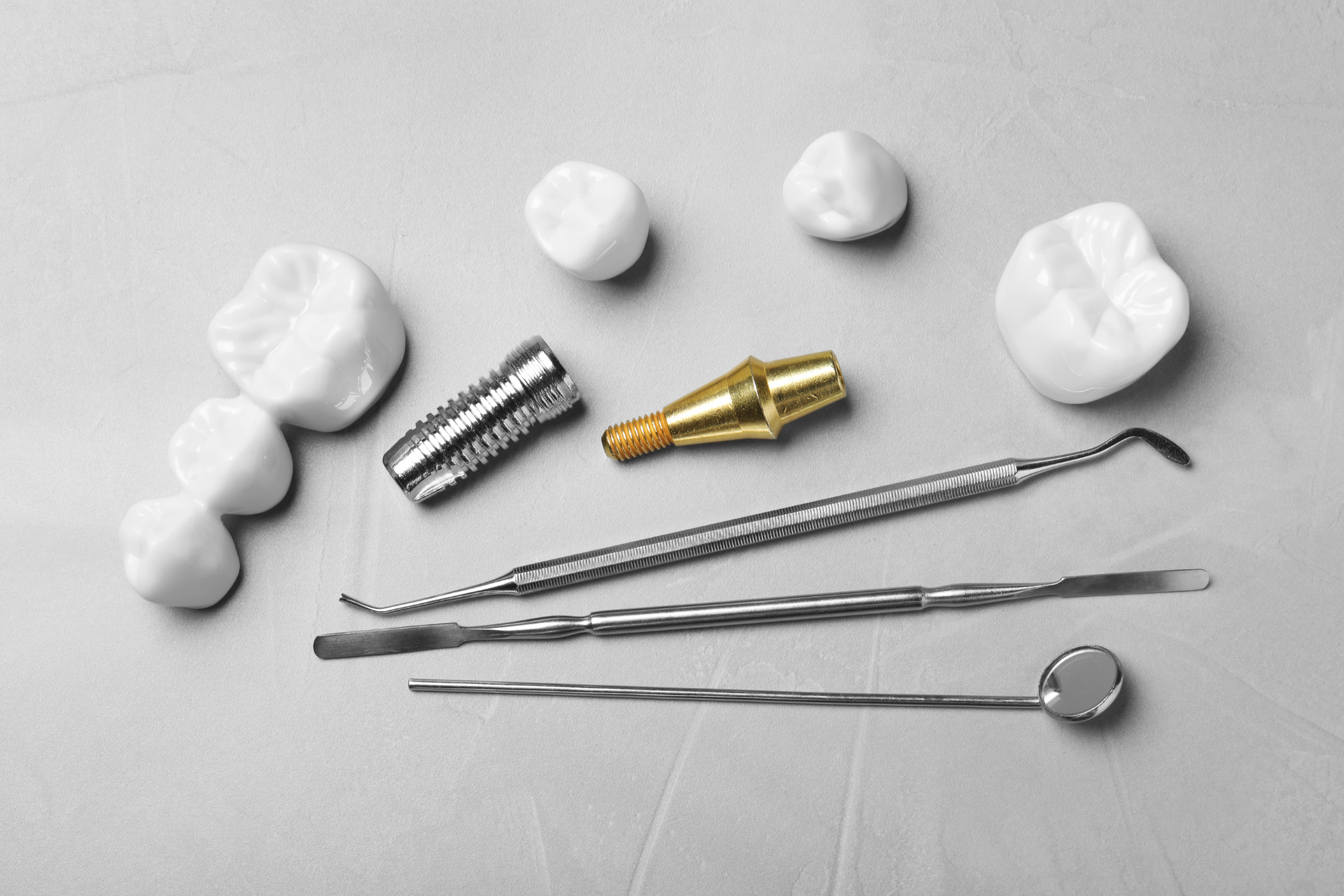
Section 1: Understanding Dental Crowns
Dental crowns, integral components of restorative dentistry, serve both functional and aesthetic purposes. A dental crown is a custom-made cap placed over a tooth to restore its shape, size, strength, and appearance. This dental procedure is recommended for various reasons, including protecting a weak tooth from breaking, holding together parts of a cracked tooth, restoring an already broken tooth or a tooth that has been severely worn down, covering and supporting a tooth with a large filling when there isn't a lot of tooth left, holding a dental bridge in place, covering misshapen or severely discolored teeth, covering a dental implant, or for cosmetic modifications.
The history of dental crowns stretches back over a thousand years, with the earliest crowns made from materials like gold, ivory, bone, and even human teeth. As dental science advanced, so did the materials and techniques used for crowns. By the 19th century, porcelain became a popular choice due to its aesthetic appeal, though it was initially prone to cracking and wear. The 20th century brought significant advancements with the introduction of metals such as gold alloy and base metal alloys, which offered durability and strength.
The evolution of dental crown technology took a significant leap forward with the advent of computer-aided design/computer-aided manufacturing (CAD/CAM) technology. This innovation has enabled the development of CEREC (Chairside Economical Restoration of Esthetic Ceramics) crowns, which can be designed and fabricated in a single dental visit, providing a quick and convenient solution for patients. The materials used for crowns have also expanded to include not only porcelain and metals but also resin and ceramic compounds that offer a blend of strength, durability, and aesthetic appeal.
Today, dental crowns are more natural-looking and durable than ever before. Advances in dental technology have made the process of getting a crown less invasive and more efficient, with digital scans replacing the need for traditional dental impressions. Additionally, the introduction of new materials, such as lithium disilicate and zirconia, has improved the crowns' strength and appearance, making them indistinguishable from natural teeth.
The purpose of a dental crown extends beyond mere restoration; it plays a crucial role in enhancing oral health by protecting damaged teeth, supporting dental functions, and improving the overall aesthetics of one's smile. With continuous advancements in dental technology, the process and materials used for dental crowns will undoubtedly continue to evolve, offering patients increasingly effective and aesthetically pleasing dental solutions.
Section 2: Treatment Protocols for Dental Crowns
Getting a dental crown at Marina District Dentistry involves a series of steps designed to ensure the best possible outcome for each patient. From the initial evaluation to the final placement and beyond, each phase is crucial for the success of the treatment. Here’s a detailed look at the treatment protocols for dental crowns:
Step 1: Pre-Treatment Evaluation
The journey to a new dental crown begins with a thorough evaluation. During this initial consultation, dental professionals at Marina District Dentistry will conduct a comprehensive examination of the patient's oral health. This may include digital X-rays or 3D imaging to assess the condition of the tooth that requires the crown and surrounding bone structure. The dentist will discuss the patient's goals and preferences, considering factors such as the tooth's function, location, and aesthetic desires. This evaluation is critical for determining the most appropriate material and type of crown.
Step 2: Tooth Preparation
Once a crown has been deemed necessary, the next step is preparing the tooth. This process involves reshaping the tooth's surface to ensure the crown will fit seamlessly. Depending on the crown's material and the tooth's condition, the amount of tooth structure removed can vary. Local anesthesia is typically administered to ensure the patient's comfort during this procedure.
Step 3: Impression and Temporary Crown
After the tooth is prepared, an impression is taken to create a model for the crown. Marina District Dentistry utilizes advanced digital scanning technology, which captures precise details of the tooth's structure and surrounding teeth for a perfect fit. A temporary crown is then placed to protect the prepared tooth while the permanent crown is being fabricated. This temporary crown is made of a resin material and is secured with temporary cement.
Step 4: Crown Fabrication
For practices like Marina District Dentistry that offer CEREC technology, the crown can often be designed, fabricated, and placed during a single visit. This state-of-the-art technology mills the crown from a block of ceramic or porcelain, matching the tooth's color to the patient's natural teeth.
Step 5: Final Placement
Once the crown is ready, the temporary crown is removed, and the permanent crown is checked for fit and color match. Any necessary adjustments are made to ensure a perfect fit and optimal bite alignment. The crown is then cemented into place, fully restoring the tooth's functionality and appearance.
Post-Treatment Care
After the crown placement, patients receive instructions on how to care for their new crown, including maintaining good oral hygiene practices and avoiding habits that could damage the crown, such as chewing on hard objects. Regular dental check-ups are also recommended to monitor the crown and overall oral health.
By following these detailed treatment protocols, Marina District Dentistry ensures that each patient receives a dental crown that looks natural, functions effectively, and lasts for years to come.
Section 3: Efficacy and Benefits of Dental Crowns
Dental crowns have proven to be highly effective in restoring dental health, offering both functional and aesthetic benefits. Their efficacy is grounded in their ability to protect damaged teeth, restore functionality, and improve the overall appearance of one's smile. Dental crowns act as a safeguard, encasing the entire visible portion of a tooth down to the gum line, thus providing a durable solution for teeth that have been compromised by decay, fractures, or extensive dental work.
Restoring Dental Health
One of the primary benefits of dental crowns is their ability to restore a tooth that has been significantly damaged or decayed. Crowns can support and protect teeth that have undergone root canal treatment, hold together parts of a cracked tooth, and cover a dental implant. By restoring the structural integrity of the tooth, crowns prevent further decay and damage, thereby maintaining oral health and preventing potential tooth loss.
Functional Benefits
Dental crowns restore the tooth's shape, size, and strength, enabling patients to enjoy a fully functional bite. They facilitate proper chewing and speaking, which might otherwise be compromised by damaged teeth. Crowns made from modern materials can withstand the biting and chewing forces just like natural teeth, offering a long-term solution for tooth restoration.
Aesthetic Benefits
Beyond their restorative capabilities, dental crowns offer significant aesthetic benefits. They can be crafted to match the color, shape, and size of the surrounding teeth, creating a natural and cohesive look. For teeth that are discolored, misshapen, or otherwise aesthetically displeasing, crowns provide an excellent cosmetic solution, enhancing the overall appearance of one’s smile.
Durability and Protection
Dental crowns are designed to be durable, providing lasting protection for the underlying tooth. They help to shield the tooth from further decay, infection, and damage, contributing to the overall health of the mouth. With proper care and maintenance, dental crowns can last for many years, making them a cost-effective solution for dental restoration.
In summary, the efficacy of dental crowns in restoring dental health is well-documented. Their ability to protect, restore, and enhance the appearance of damaged teeth makes them a cornerstone of modern restorative dentistry, offering patients a reliable solution for preserving their oral health and improving their quality of life.
Section 4: Materials Used for Dental Crowns
Dental crowns can be fabricated from various materials, each offering unique advantages and considerations. The choice of material typically depends on the crown's required aesthetic appeal, durability, and the tooth's location. Here's an overview of the most common materials used for dental crowns:
Porcelain
- Advantages: Porcelain crowns are popular for their natural color and texture, closely mimicking the appearance of natural teeth. They are an excellent choice for front teeth due to their superior aesthetic qualities and ability to blend seamlessly with the surrounding teeth.
- Disadvantages: While porcelain offers excellent aesthetics, it is less durable than metal or some ceramic options, making it more susceptible to chipping or cracking, especially on back teeth that endure more biting force.
Ceramic
- Advantages: Advanced ceramics, such as zirconia, combine the aesthetic appeal of porcelain with enhanced strength and durability. Ceramic crowns are biocompatible, causing no allergic reactions, and can be used for any teeth, including those in the back of the mouth.
- Disadvantages: The toughness of some ceramic materials, like zirconia, can wear down opposing teeth if not polished and maintained correctly. They also require a precise fit to avoid discomfort or damage.
Metal
- Advantages: Metal crowns, including gold, palladium, nickel, and chromium alloys, are extremely durable and withstand biting and chewing forces well, making them suitable for molars. They require less tooth structure to be removed and have minimal wear on opposing teeth.
- Disadvantages: The metallic color is the main drawback, making them a less desirable choice for visible front teeth. Some people may also have allergies or sensitivities to metal alloys.
Composite Resin
- Advantages: Composite resin crowns are less expensive than other types and can be color-matched to the adjacent teeth, providing a decent aesthetic outcome. They are easier to repair than porcelain or ceramic crowns.
- Disadvantages: Resin crowns are less durable than porcelain or ceramic and more prone to wear and discoloration over time. They may not be suitable for patients looking for a long-term solution, especially on heavily used teeth.
Choosing the right material for a dental crown involves considering the balance between aesthetic desires, functional needs, and cost considerations. A dentist at Marina District Dentistry can provide personalized recommendations based on an individual's specific situation and preferences, ensuring the best outcome for each patient.
Section 5: CEREC Crowns: Cost, Procedure, and Advantages
CEREC (Chairside Economical Restoration of Esthetic Ceramics) crowns represent a groundbreaking advancement in dental technology, offering a fast, efficient, and highly aesthetic solution for tooth restoration. Unlike traditional crowns, which require multiple visits to the dentist, CEREC crowns are designed, created, and placed in a single appointment using CAD/CAM (Computer-Aided Design/Computer-Aided Manufacturing) technology.
CEREC Procedure
The procedure for CEREC crowns at Marina District Dentistry begins with the dentist preparing the tooth in the same way as for a traditional crown. However, instead of using dental putty to take an impression, a digital scanner captures precise 3D images of the tooth. These images are then used to design the crown on a computer, ensuring a perfect fit and bite alignment. The design is sent to an in-office milling machine, which carves the crown from a ceramic block matched to the natural color of the patient's teeth. The crown is then polished and bonded to the prepared tooth, all within a single visit.
Cost Comparison
The cost of CEREC crowns can be higher than traditional crowns due to the technology and convenience they offer. However, when considering the reduced need for multiple dental visits and the elimination of temporary crowns, the overall cost and time savings can make CEREC crowns a cost-effective option. Prices vary based on geographic location, the specific tooth, and other factors, so patients are encouraged to discuss costs with their dentist at Marina District Dentistry.
Advantages of CEREC Crowns
- Time Efficiency: The most significant advantage is the convenience of completing the crown in a single visit, saving patients time and eliminating the need for temporary crowns.
- Precision Fit: Digital imaging and CAD/CAM technology ensure a precise fit, reducing the risk of future dental issues.
- Aesthetic Quality: CEREC crowns are made from high-quality ceramic, offering a natural look that blends seamlessly with existing teeth.
- Durability: Modern ceramic materials used in CEREC crowns are comparable in strength and longevity to traditional crowns, making them a durable option for tooth restoration.
Opting for CEREC crowns at Marina District Dentistry means benefiting from the latest in dental technology, ensuring efficient, accurate, and aesthetically pleasing results.
Section 6: Longevity and Maintenance of Dental Crowns
Dental crowns are designed to be long-lasting and durable, with the potential to last anywhere from 5 to 15 years, or even longer, depending on several factors. The longevity of a dental crown is influenced by the material it's made from, the crown's placement in the mouth, and the patient's oral hygiene practices and lifestyle habits.
Factors Affecting Longevity
- Material: Porcelain, ceramic, and metal crowns each have different lifespans, with metal crowns typically lasting the longest due to their strength.
- Wear and Tear: Crowns on back teeth are subjected to more intense chewing forces, which can affect their longevity. Bruxism (teeth grinding) can also significantly shorten a crown's lifespan.
- Oral Hygiene: Good oral hygiene practices are crucial for extending the life of a dental crown. Regular brushing, flossing, and dental check-ups can prevent decay and gum disease, which can undermine crowns.
Maintenance Tips
- Oral Hygiene: Maintain a routine of brushing twice a day and flossing daily. Pay special attention to the area where the gum meets the crown to prevent plaque buildup.
- Regular Dental Visits: Professional cleanings and check-ups every six months can help catch and address any issues early.
- Avoid Hard Foods: While crowns are durable, biting on hard foods or objects (like ice, hard candy, or pens) can damage them.
- Wear a Nightguard if Necessary: If you grind your teeth at night, consider getting a nightguard to protect both your natural teeth and crowns.
By understanding the factors that affect the longevity of dental crowns and following these maintenance tips, patients can ensure their crowns remain in good condition for as long as possible, contributing to overall dental health and well-being.
Section 7: Repairing Dental Crowns: When and How
Identifying when a dental crown needs repair is crucial for maintaining oral health and ensuring the longevity of the crown. Common signs that a crown may require attention include discomfort when chewing, visible chips or cracks, a noticeable shift or looseness, and sensitivity to hot or cold temperatures. Additionally, if the gum line around the crown recedes, exposing the base of the crown or the underlying tooth, it may also indicate a need for repair or replacement.
Repair Process for Dental Crowns
The repair process for a dental crown depends on the nature and extent of the damage. Minor chips or cracks can often be repaired in a single visit using composite resin. The dentist will clean the affected area, apply the resin, and shape it to match the crown’s original contour, restoring its appearance and functionality.
For more significant damage or if the crown becomes loose or falls out, the dentist will need to assess whether the crown can be re-cemented or if a new crown is necessary. This assessment will include examining the underlying tooth for decay or damage and evaluating the fit and condition of the existing crown. If a new crown is required, the process will follow the steps outlined for initial crown placement, including tooth preparation, impression taking, and crown fabrication.
Regular dental check-ups allow for early detection and repair of crown issues, preventing further damage and ensuring the crown continues to function effectively as part of a healthy, beautiful smile.
Frequently Asked Questions
-
Who is eligible for dental crowns?
Individuals with damaged, decayed, or broken teeth are primary candidates for dental crowns. Those needing a crown to complete a dental implant or bridge procedure, or who have a tooth that is severely worn or misshapen, may also be eligible. A dentist can determine eligibility based on a comprehensive oral examination.
-
Can dental crowns be used for cosmetic purposes?
Yes, dental crowns can be used for cosmetic purposes. They can improve the appearance of discolored, misshapen, or poorly aligned teeth by covering the visible portion of the tooth, offering a way to achieve a more uniform and aesthetically pleasing smile.
-
How does one choose the right material for a dental crown?
Choosing the right material for a dental crown involves considering the tooth's location, the patient's bite and chewing patterns, aesthetic preferences, and budget. A dentist will recommend the most suitable material based on these factors, balancing durability with the desired appearance.
-
What is the average cost of a dental crown in San Diego in 2024?
The cost of a dental crown in San Diego in 2024 can vary widely depending on the material chosen and the specific needs of the patient. Prices may range from $800 to $3,000 per crown. It's best to consult with a dentist for a more accurate estimate based on individual circumstances.
-
Are there any risks associated with getting a dental crown?
While dental crown procedures are generally safe, there are some risks, including sensitivity or discomfort, allergic reaction to the materials, and the possibility of the crown becoming loose or falling out. Proper dental care and regular check-ups can mitigate these risks and ensure the longevity of the crown.
Conclusion
Dental crowns play a pivotal role in restorative dentistry, offering both functional and aesthetic solutions for damaged or decayed teeth. Marina District Dentistry in San Diego stands at the forefront of dental technology, providing patients with high-quality, personalized crown options ranging from porcelain and ceramic to metal and composite resin. With advancements like CEREC crowns, patients can enjoy convenient, same-day restorations. We encourage anyone considering dental crowns to consult with the experts at Marina District Dentistry. Their commitment to excellence and patient-centered care ensures tailored treatments that meet individual needs, restoring smiles with precision and artistry.
